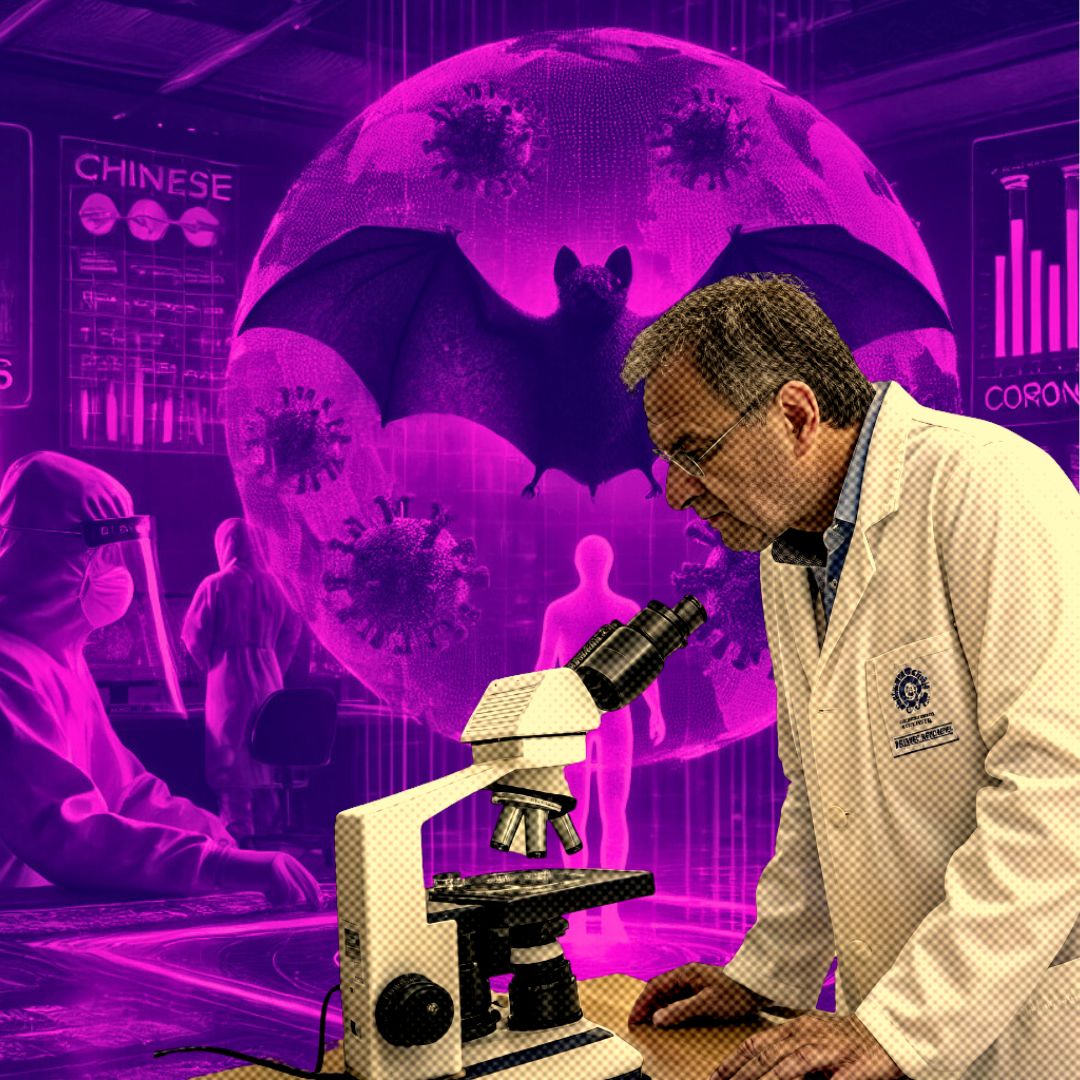Chinese researchers have discovered a new bat coronavirus, HKU5-CoV-2, which uses the same ACE2 receptor as SARS-CoV-2 to enter human cells. Led by renowned virologist Shi Zhengli, the team found that while HKU5-CoV-2 can infect human cells in lab settings, its efficiency is significantly lower than COVID-19. Experts caution against overreacting due to existing immunity and lower transmission efficiency.
Understanding HKU5-CoV-2
HKU5-CoV-2 belongs to the merbecovirus subgenus, which includes MERS-CoV. It binds to ACE2 receptors like SARS-CoV-2 but with much less affinity and efficiency in infecting human cells. The discovery highlights the importance of continuous surveillance of emerging pathogens and underscores potential zoonotic risks.
As reported by The Hindu, Chinese researchers emphasize that this virus enters human cells via the same pathway as COVID-19 but with reduced potency. This finding aligns with global concerns about animal-to-human transmission events.
Global Response and Implications
The Wuhan Institute of Virology’s research on bat coronaviruses has been pivotal in identifying such threats early on. This discovery comes at a time when global health authorities are increasingly focused on preventing animal-to-human transmission events through enhanced surveillance and international collaboration.
The World Health Organization lists merbecoviruses among emerging pathogens for pandemic preparedness, emphasizing the need for global monitoring systems in animal populations.
Dr. Michael Osterholm notes that concerns about HKU5-COV- might be “overblown” given current population immunity levels from similar viruses like COVID-19 or other coronaviruses circulating within communities.
The Logical Indian’s Perspective
As we navigate this era marked by increasing awareness about zoonotic diseases following COVID-19, it’s crucial that societies prioritize scientific collaboration alongside public health preparedness strategies. By fostering dialogue among scientists globally and promoting real-time data sharing through platforms like GISAID or WHO networks, we can accelerate our understanding of emerging pathogens like HKU5-COV-.
Moreover, investing in research towards developing vaccines with cross-protection capabilities will be pivotal in safeguarding humanity against future pandemics originating from animals.
How do you think society should balance between advancing scientific research into emerging pathogens while ensuring responsible coexistence with wildlife? Share your thoughts!











